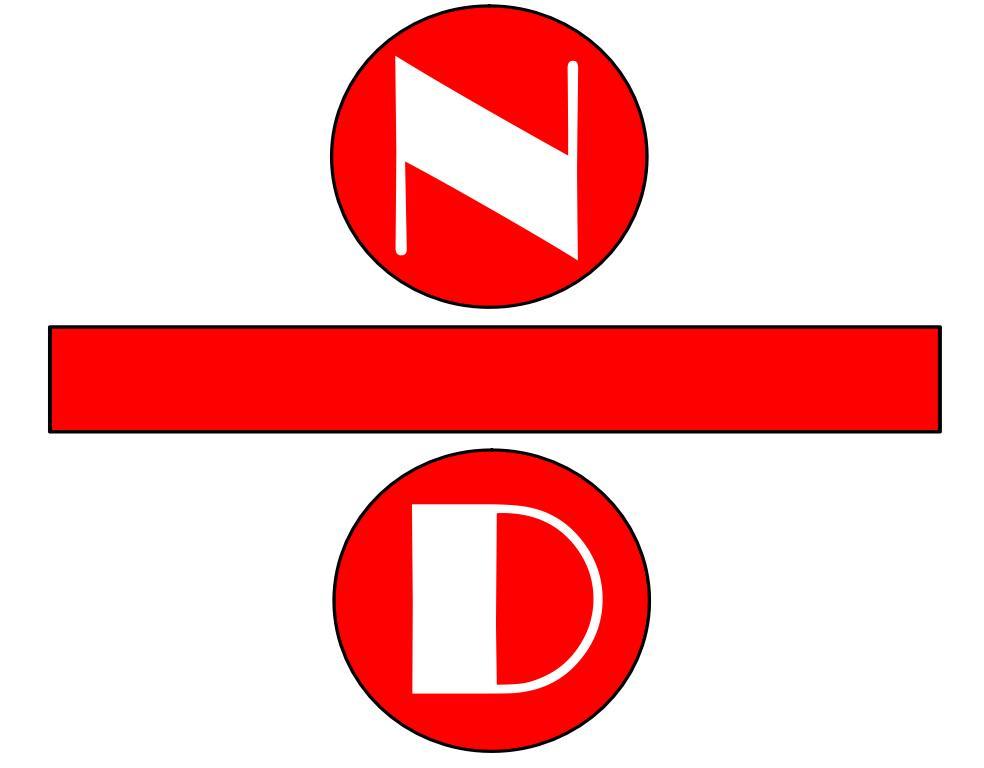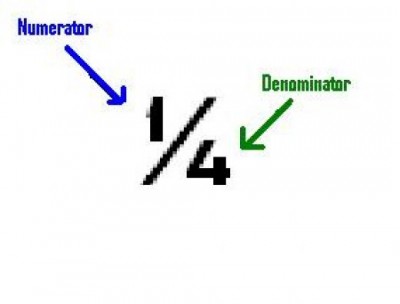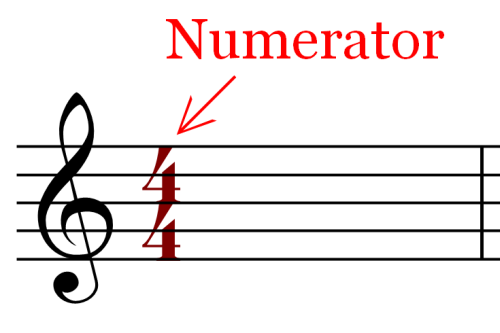Difference between Numerator and Denominator

As part of the school, students dealing with mathematics often face non-integer numbers and fractions.
Solving mathematical tasks with fractions has a variety of ways. One of the simplest and most common operations is addition / subtraction of fractions. If the denominator in both fractions is same, just add / subtract the value of the numerator, but if the numbers in the denominators are different, the aid will come to find the lowest common denominator.
In order to add two natural fractions, you need to find their common denominator. These denominators form an infinite set, but to simplify the calculations you can find the least common multiple of the numbers that are the denominators of natural fractions. This will be the lowest common denominator.
A numerator, on the other hand, is a number indicating the numbers of shares taken from a unit of fraction.
Instructions
-
1
Denominator:
3/5 (three-fifths) states 3 = numerator and 5 = denominator.
Find a common denominator to ensure that the multiplication of two collapsible / subtract fractions to any number in the denominator have a similar value. It would be possible to add and subtract fractions easily, utilizing only the numerators.
Denominators do not coincide, so it is necessary to find a number which when multiplied by each of their fractions have led them to a common factor. For the first fraction is the number 3 and 5 for the second.
Image courtesy: hubpages.com

-
2
Numerator:
If the numerator is less than the denominator, the fraction is less than one. If the numerator is equal to the denominator, the fraction is equal to one. However, If the numerator is not equal to the denominator, the fraction will not be equal to one. In both the latter cases, the fraction is called improper.
To select the greatest integer contained in improper fractions, you divide the numerator by the denominator. If the division is performed without a remainder, the improper fraction is taken private.
If the division is performed with the rest, the (incomplete) private gives the desired integer and the remainder is used as the numerator of the fraction while the denominator of the fractional part is the same.
Image courtesy: donrathjr.com








